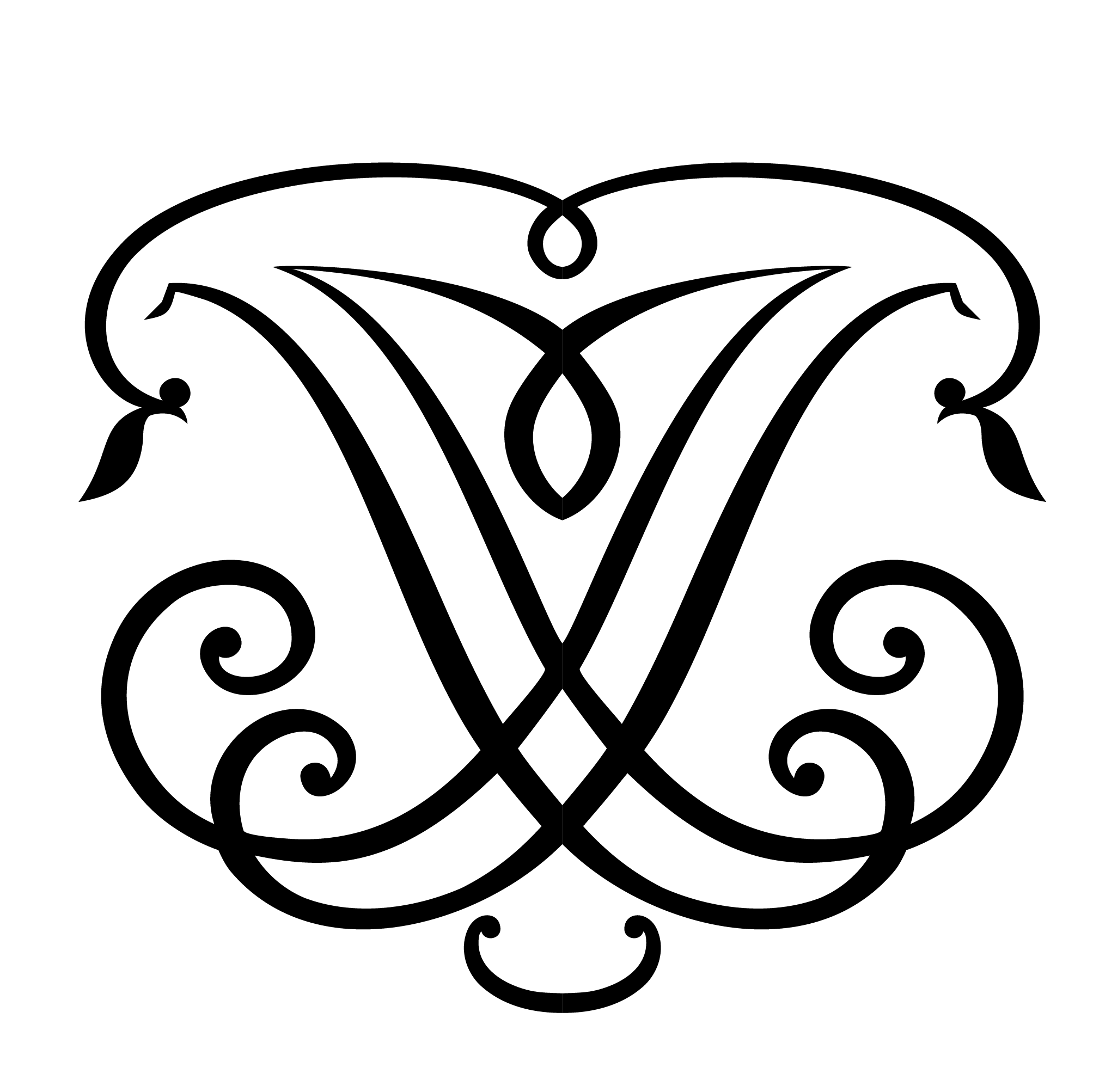Peter Loewen’s house was built over 226 years ago.
Multifold identity (of course for us, looking from the vantage time). The great builder of traditional wooden houses built this one for himself and his family. It is his first preserved construction.
History has treated it differently, the time passed shows here and there, but one thing remains unchanged… the house remains, experiences its inhabitants, awaits the future. It is a wonderful, yet taciturn witness to history, a remnant of the perfectly organized culture of the Mennonite religious community, cultivating the primacy of work and modesty. The structure is the work of the most remarkable builder, a man who was able to combine the interior, elements of interior design and decoration with the body of the building into a uniform and perfect structure of Classicism Architectural style. The house bears also the hallmark of transitory period from Mannerism, what is reflected in coexistence of different decoration styles in the interior.
It is a remnant of a prosperous minority group that was well-rooted in the social fabric of other groups, testifying to the multiculturalism of Żuławy (region in the delta of Vistula river, between Elbląg, Gdańsk and Malbork); additionally, the house is a symbol of man’s struggle with the sea and the taking away of polders for cultivation and cattle breeding.
The house testifies to great historical migrations, starting with the departure of its builder to Ukraine, through the changing borders of states and nationalities and dawn of modern civil societies, the Napoleonic wars, two world wars. The inhabitants of the house spoke in different languages, Low German (Plautdietsch), German, Polish. Loewen’s house has a lot to say; for those who know how to listen it is loud, audible, non-silenceable.

The house bears many identities: of an Olender settler (refugee from the Netherlands), a Mennonite, a Prussian, a Pole, but it is a refuge from all of them.

„ANNO 1798 BAUHERR PETER LOͤWEN BAUMEISTER”.
The house is located in the village of nowadays Gozdawa, German Neustädterwald (sometimes alternatively called Heegewald). It bordered the village of Reinland (today non-existent, located on the border of today’s Starocin, the southern settlements of Gozdawa and the western part of Powalina (Walldorf). Reinland is entered in the church book as the place of departure for emigration to Mołoczna of the Loewen family. Reinland is also given as the place of residence at the time of birth of the youngest child, Gerhard. Reinland was the seat of the Standesamt (Civil Registry Office). On the lintel above the door to the courtyard there is an inscription: „ANNO 1798 BAUHERR PETER LOͤWEN BAUMEISTER” accompanied by the Loewen’s Gmerk.
Settlers were germanophone, so the village in older maps must have been named in German only.
This inscription is interpreted in such a way that Peter Loewen is the owner of the farm as well as its builder. It was not until 1992 that Peter’s authorship was recognized, when by accident this inscription was discovered (for the world). More farm buildings were built over the years, a brick barn and the stables existed already in 1900, replacing the earlier half-timbered barn. A free-standing coach house with a gable arcade, a barn and other temporary structures were built, changing their shape over the years. In the 19th century, the house gained a fire wall, separating it from the barn, which was accessed by double doors and a short corridor between them.




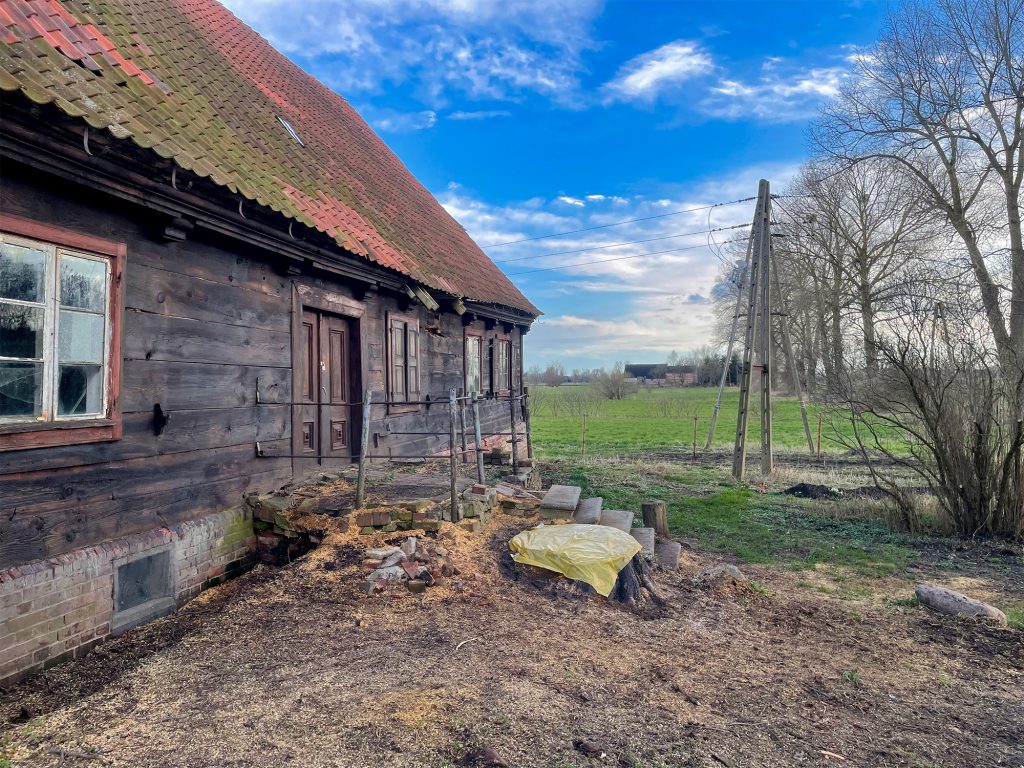

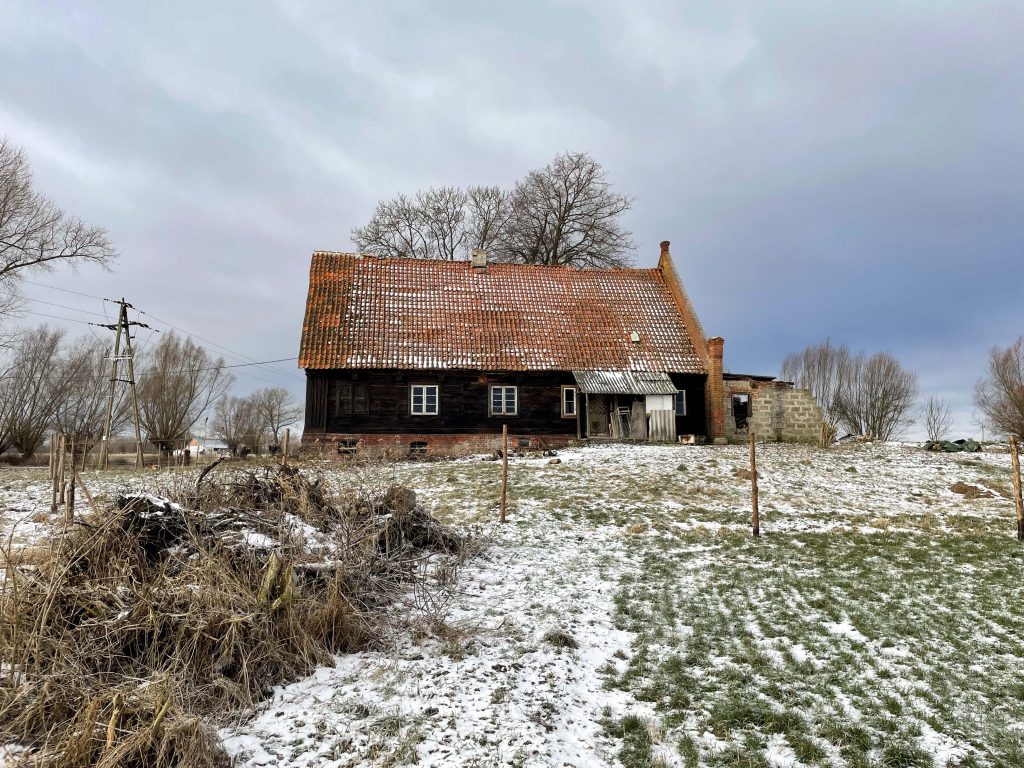
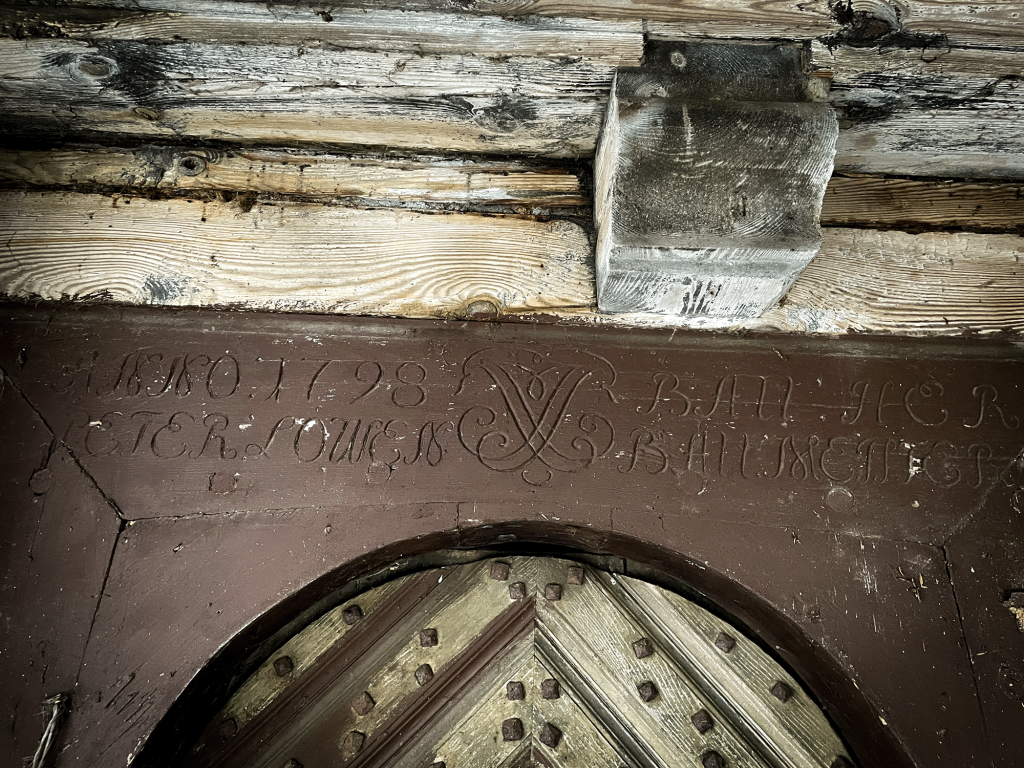

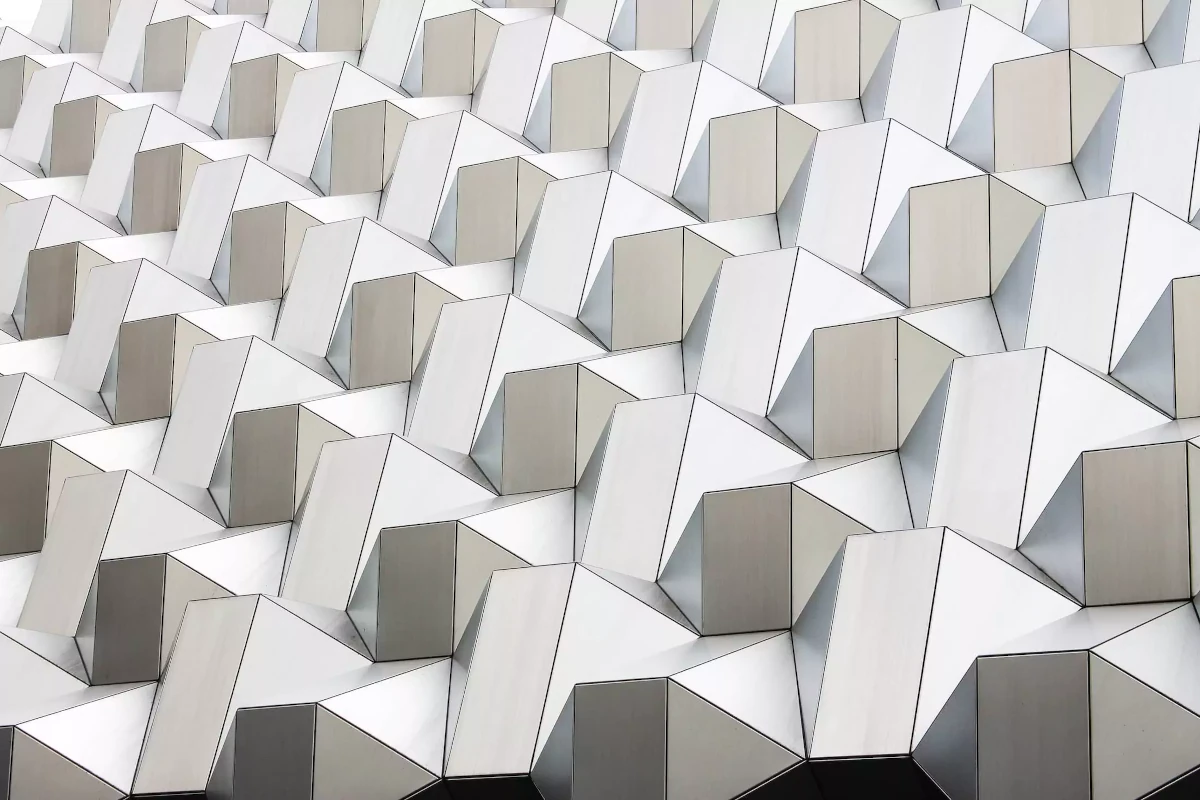
Guiding your business through the project
Experience the fusion of imagination and expertise with Études—the catalyst for architectural transformations that enrich the world around us.
Meet our team
Our comprehensive suite of professionals caters to a diverse team, ranging from seasoned architects to renowned engineers.
Francesca Piovani
Founder, CEO & Architect
Rhye Moore
Engineering Manager
Helga Steiner
Architect
Ivan Lawrence
Project Manager
We’ve worked with some of the best companies.
FAQs
Enhance your architectural journey with the Études Architect app.
- Collaborate with fellow architects.
- Showcase your projects.
- Experience the world of architecture.

